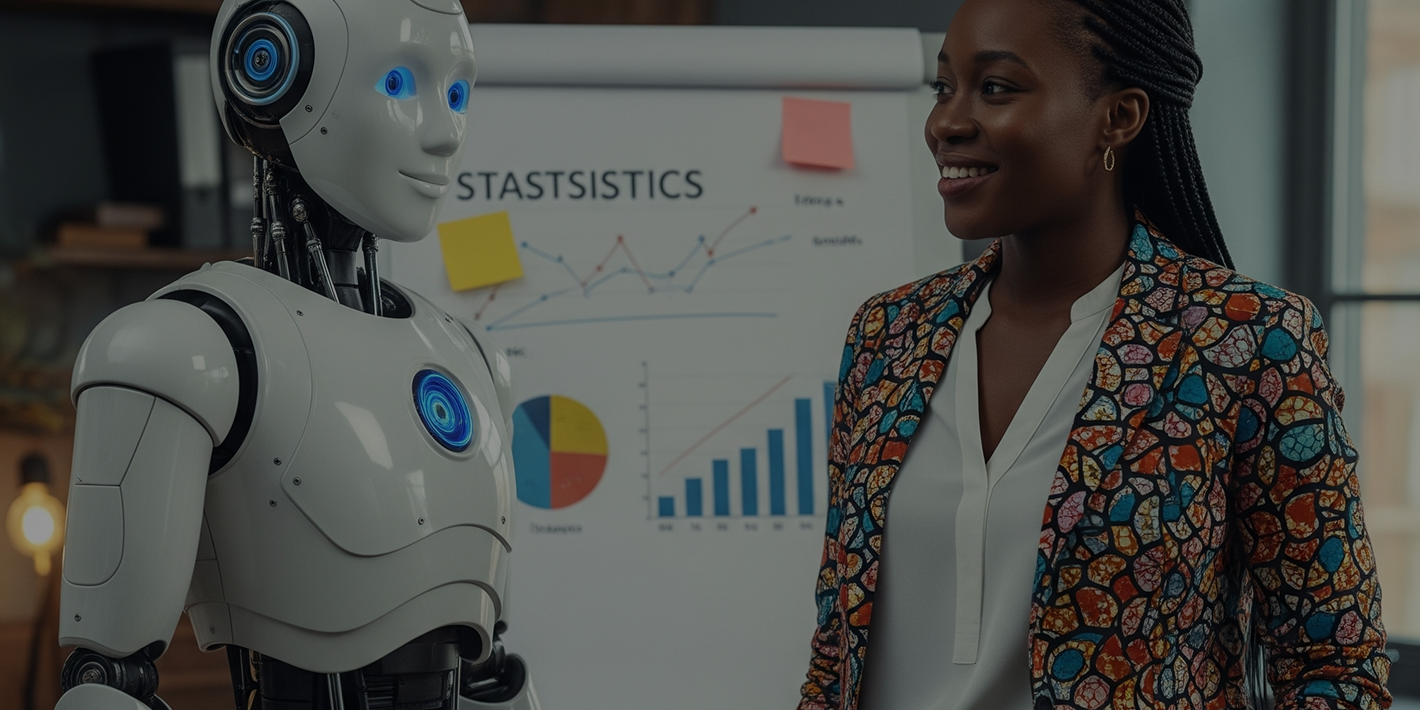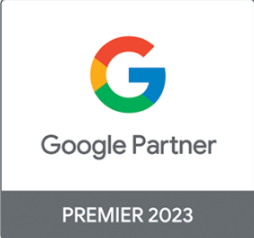By – Simon Lloyd Chief Growth Officer

Influencer marketing has long been hailed as a powerful tool for brand awareness and customer engagement, but many brands struggle to quantify its true return on investment (ROI). Likes, comments, and shares, often referred to as vanity metrics—are no longer sufficient indicators of success.
For Chief Marketing Officers (CMOs), digital marketing managers, and marketing executives in eCommerce and lead generation sectors, the challenge is to move beyond surface-level engagement and adopt a data-driven approach that ties influencer campaigns directly to business outcomes.
As a digital marketing agency specialising in paid media, organic search, data intelligence, conversion rate optimisation (CRO), and user experience (UX), we help brands leverage influencers, while ensuring media spend contributes to measurable growth using tools like our Market Share Analysis (in-house proprietary tool) and our RACE framework to help our clients grow.
In this article, we explore how to measure ROI in influencer marketing, the key performance indicators (KPIs) that matter, and strategies to optimise campaign performance. Unlike traditional agencies that focus on impressions and engagement, Algorithm operates as a strategic partner, engineering influencer campaigns that align directly to business growth metrics. Read on to find out more!
Why Vanity Metrics Aren’t Enough
Many brands evaluate influencer marketing performance based on social engagement metrics such as:
- Likes and Shares – Good for engagement but offer little insight into conversion potential.
- Comments and Mentions – While valuable for brand awareness, they don’t directly translate into sales or leads.
- Follower Growth – Influencers may boost brand visibility, but follower counts don’t reflect audience quality or conversion likelihood.
The Problem With “Vanity” Metrics
- Lack of Business Impact: High engagement doesn’t necessarily translate to revenue growth.
- Easy to Manipulate: Bots, fake followers, and engagement pods can artificially inflate numbers.
- No Clear Attribution: Without a way to track conversions, engagement metrics offer limited business intelligence.
To move beyond vanity metrics, brands must focus on revenue-driven KPIs and performance-based influencer partnerships that align with bottom-line objectives. At Algorithm, we partner closely with internal brand and media teams to define meaningful influencer KPIs, structure commission-based relationships, and test campaign variants for continuous improvement.
Set up a call with us to discuss how we can work with you in growing your ROI
Defining the Right KPIs for Influencer Marketing ROI
To measure the true effectiveness of influencer campaigns, brands need to track metrics that directly impact business performance:
Revenue and Conversions
- Sales Attribution: Use unique discount codes, affiliate links, and UTM parameters to track influencer-driven purchases.
- Average Order Value (AOV): Determine if influencer-driven customers spend more per transaction.
- Customer Lifetime Value (CLV): Assess whether influencer-referred customers have higher retention and repeat purchase rates.
Lead Generation and Customer Acquisition
- Cost Per Acquisition (CPA): Measure how much it costs to acquire a customer through influencer partnerships compared to other channels.
- Lead Quality: Track whether influencer-driven leads convert at a higher rate than those from paid ads or organic search.
- Email Sign-Ups: Gauge success in capturing leads for future nurturing and remarketing.
Traffic and Engagement Quality
- Click-Through Rate (CTR): Measure how many users click on influencer-generated links.
- Bounce Rate: Analyse how engaged influencer-referred visitors are based on time spent on site and pages viewed.
- Conversion Rate Optimisation (CRO): Compare conversion rates of influencer-driven traffic vs. other acquisition channels.
Brand Sentiment and Trust Signals
- Brand Mentions: Track organic mentions across social platforms to gauge brand affinity.
- Net Promoter Score (NPS): Measure customer satisfaction and likelihood to recommend your brand.
- User-Generated Content (UGC): Assess how influencer collaborations drive customer-created content that supports marketing efforts.
More Advanced Tracking and Attribution Models
For CMOs seeking data-driven clarity in influencer marketing, traditional tracking methods aren’t enough. Instead, brands must implement multi-channel attribution and advanced analytics. Using our proprietary Performance Framework and insight-led influencer analysis, Algorithm helps brands evaluate not just reach, but revenue impact.
UTM Tracking and Google Analytics
- Assign UTM parameters to influencer links to analyse traffic sources and conversion paths.
- Use Google Analytics Goal Tracking to assess influencer-driven conversions.
Affiliate and Referral Codes
- Provide influencers with unique promo codes to track direct revenue contributions.
- Implement referral programs that reward influencers based on actual customer conversions.
AI-Powered Attribution Models
- Leverage machine learning algorithms to analyse cross-channel impact of influencer marketing.
- Use multi-touch attribution to determine how influencer efforts contribute to a user’s purchase journey.
Optimising Influencer Marketing for Maximum ROI
Once brands establish data-driven tracking mechanisms, they must optimise influencer partnerships to drive efficiency and profitability.
Prioritise Performance-Based Partnerships
- Shift from flat-fee sponsorships to commission-based partnerships (e.g., pay-per-sale or pay-per-lead models).
- Reward influencers based on actual performance metrics like conversion rate and ROI.
Micro-Influencers vs. Mega-Influencers
- Micro-influencers (10K-100K followers) often generate higher engagement and conversion rates at lower costs.
- Mega-influencers (500K+ followers) provide broad reach but may result in lower engagement and higher CPA.
Content Testing and CRO Strategies
- A/B Test Influencer Messaging: Analyse different styles of influencer content (e.g., product demos vs. testimonials) to see what resonates best.
- Optimise Landing Pages: Ensure influencer-driven traffic lands on conversion-optimised pages with clear CTAs.
- Leverage Retargeting Ads: Use pixel tracking to retarget influencer-engaged users who haven’t converted.
The Future of Data-Driven Influencer Marketing
As influencer marketing continues to evolve, data intelligence and AI-driven insights will shape the future of campaign measurement. Key trends to watch include:
- AI-Powered Influencer Selection: Predictive analytics will help brands match with influencers based on audience behaviour and conversion potential.
- Deeper Integration with Business Intelligence (BI) Tools: Influencer marketing data will merge with enterprise BI platforms for holistic performance analysis.
Conclusion: Rethinking Influencer Marketing for Business Growth
The modern CMO must move beyond vanity metrics. By implementing advanced tracking, clear ROI metrics, and optimised strategies, brands can ensure influencer partnerships contribute directly to revenue, lead generation, and long-term business success.
Actionable Next Steps for CMOs:
- Re-evaluate Influencer KPIs: Focus on conversion-driven metrics rather than engagement numbers.
- Integrate Advanced Attribution Tools: Implement UTM tracking, affiliate links, and AI-powered analytics.
- Optimise for Performance: Shift towards commission-based influencer partnerships and CRO-driven content strategies.
- Test and Scale: Continuously analyse and refine influencer campaigns based on real data.
Algorithm specialises in helping brands maximise ROI from influencer marketing through data intelligence, paid media integration, and conversion-driven optimisation. Need help measuring and scaling your influencer efforts? Let’s talk.

Simon Lloyd Chief Growth Officer



